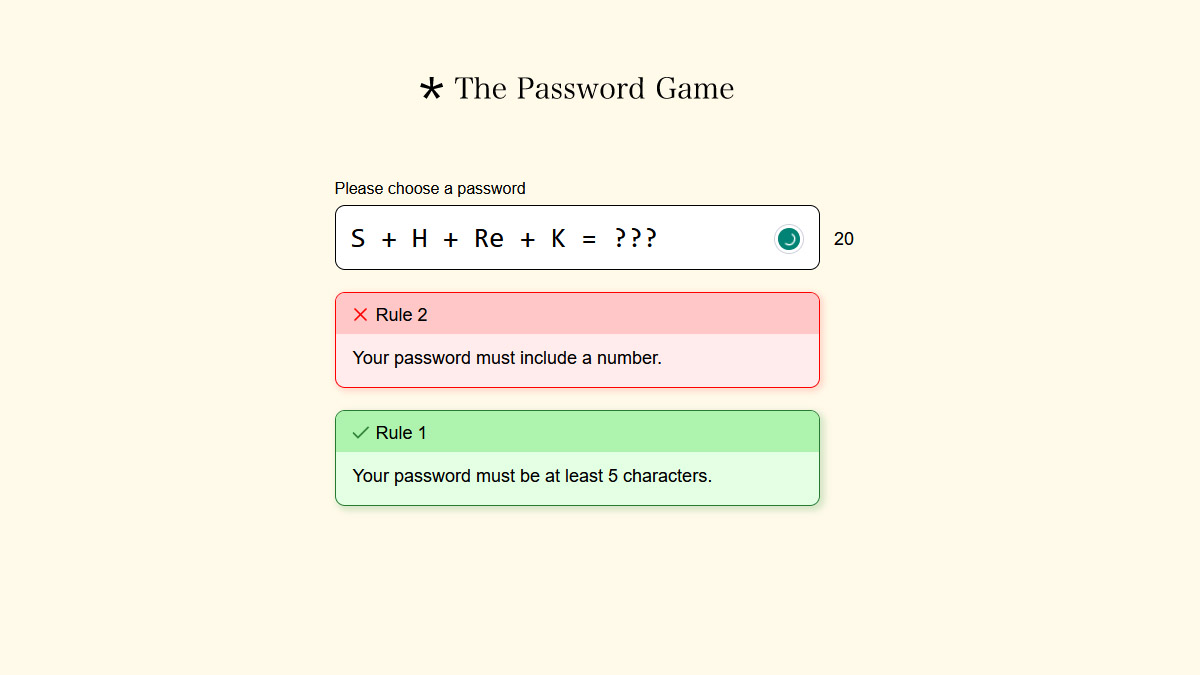Finding combinations of atomic numbers that sum to 200 requires identifying sets of elements whose atomic numbers total exactly 200. Atomic numbers range from 1 to 118, and these methods simplify the process.
1. Sequential Addition with Small Elements
Start from the lowest atomic numbers and add consecutively until reaching 200. This method minimizes complexity by focusing on abundant low-value elements.
- Begin with Hydrogen (1), Helium (2), Lithium (3), etc., tracking cumulative sums.
- For a sum near 200, calculate required counts: e.g., 50 atoms of Carbon (atomic number 6) since 50 × 6 = 300 is too high, so adjust by mixing elements.
- Example combination: Oxygen (8) × 25 = 200, or use fewer elements like Uranium (92) + Lead (82) + Krypton (36) - adjustments needed for exact 200.
Advantage: Ideal for quick mental math or educational purposes.

2. Average-Based Grouping
Divide 200 by the target number of elements to find an average, then select nearest atomic numbers. This mathematical approach reduces trial and error.
- Determine the average: for N elements, average atomic number ≈ 200/N.
- For example, for 4 elements: average is 50. Look for elements near 50, like Tin (50) × 4 = 200 directly.
- If exact match fails, combine one high-value element (e.g., Iron at 26) with others and refine: e.g., Iron (26) + Gold (79) + Silicon (14) + Copper (29) + Nickel (28) + Sodium (11) + Aluminum (13); sum = 200 after verification.
Practical: Reference a complete atomic number list for accuracy.
3. Systematic Iteration with Constraints
Set limits on element types or quantities and test combinations algorithmically. This ensures efficiency without digital tools.
- Define constraints: e.g., use only stable elements (atomic numbers under 95) and limit group size to 2–10 elements.
- Iterate step-by-step: start with heavy elements like Radon (86), subtract from 200, and fill with light ones like Helium (2) × 57 = 114, then adjust ratios (e.g., 86 + 2×57 = 200).
- Example: Combine Bismuth (83) + Bromine (35) + Chromium (24) + Vanadium (23) + Carbon (6) - verify sum via addition or subtraction checks.
Tip: For complex sets, document on paper to avoid errors.










